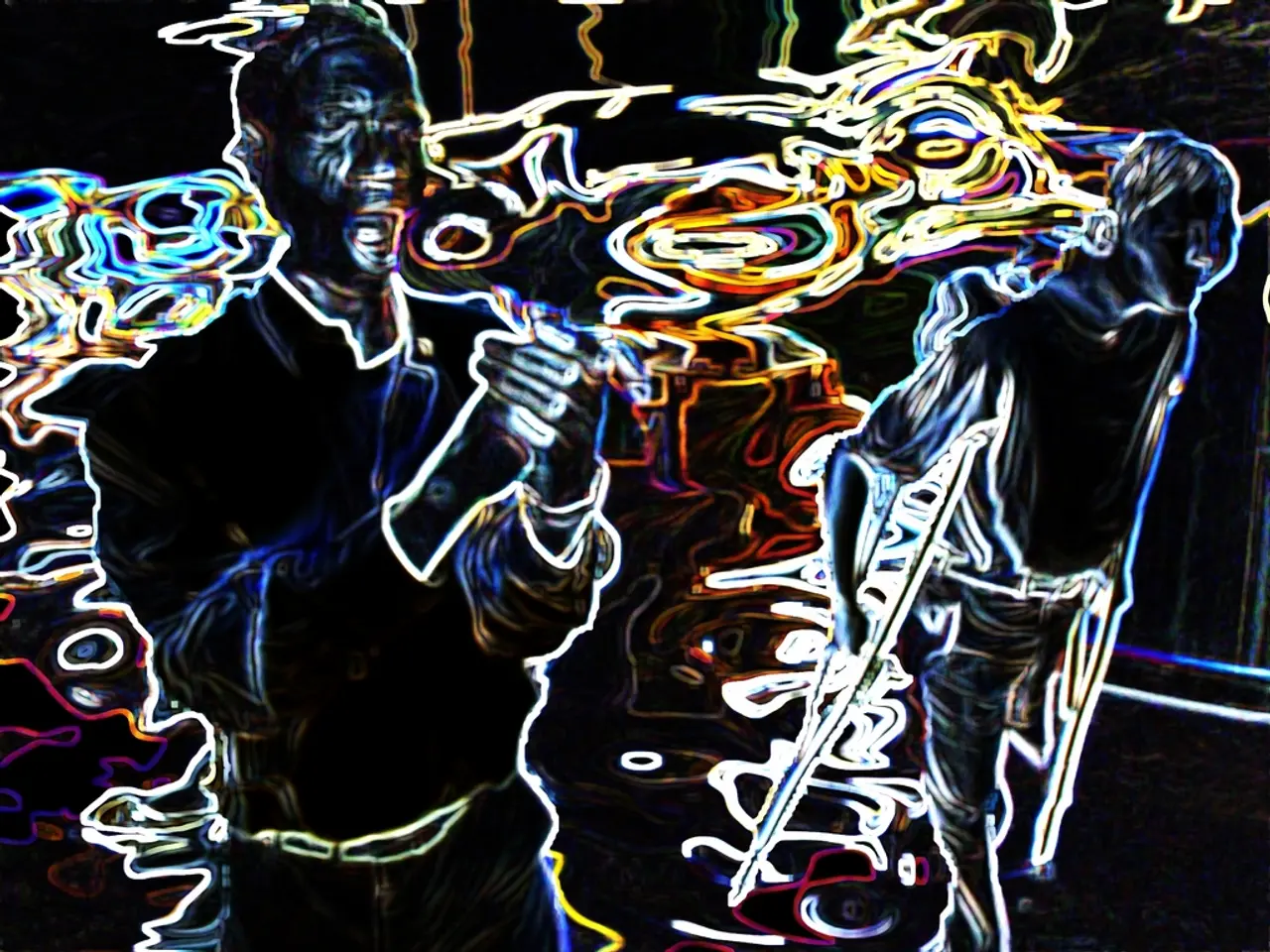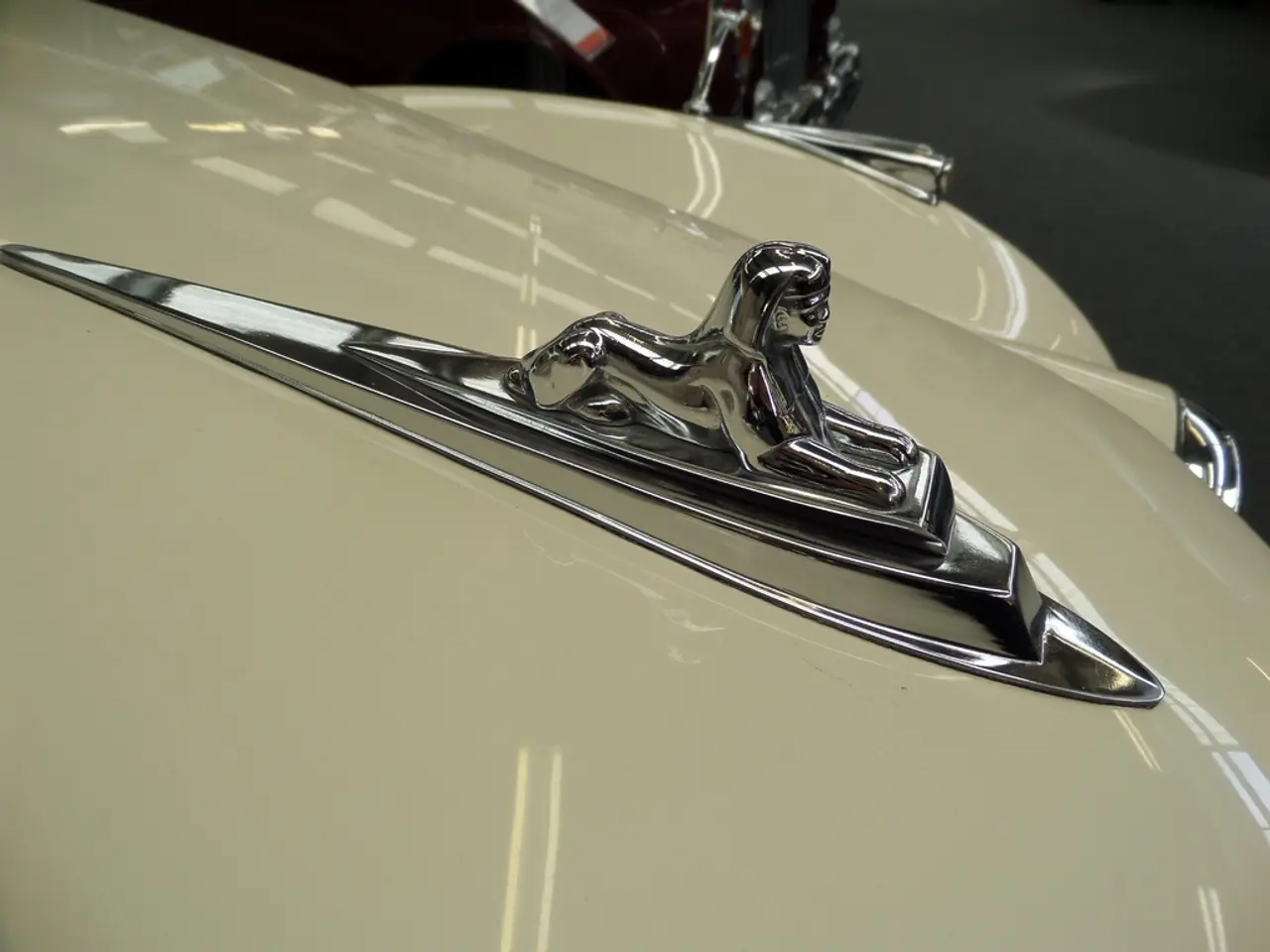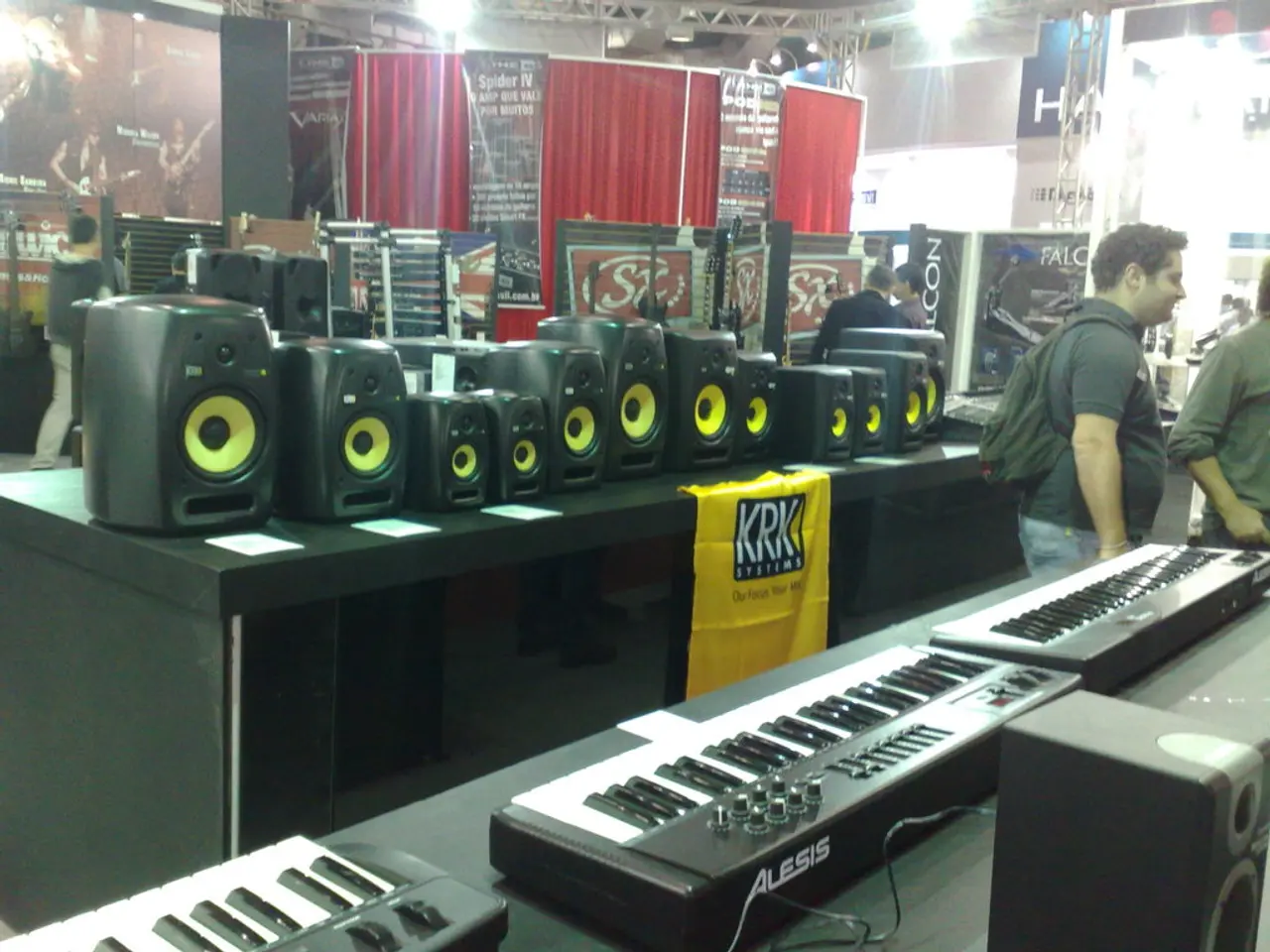Film Spectacles or Visuals Appeal
The world of cinema has always been captivated by the allure of visual wonder, a trait that can be traced back to the early days of filmmaking. Known as the Cinema of Attractions, this style of filmmaking, popular in the late 19th and early 20th centuries, echoed the emphasis on spectacle and audience engagement that characterises modern IMAX and 3D experiences.
Filmmakers of this era, such as Georges Méliès, the Lumière brothers, Alice Guy-Blaché, Thomas Edison, and Edwin Stanton Porter, were pioneers in their own right. They bridged the transition from early spectacle-driven films to more story-driven cinema by innovating techniques, narrative forms, and production methods that shaped the future of filmmaking.
Georges Méliès, a French magician and filmmaker, was credited with pioneering many technical and narrative innovations, especially in fantasy and science fiction. His works, such as A Trip to the Moon (1902) and The Impossible Voyage (1904), showcased pioneering use of stop motion animation, hand-painted color, and double exposure.
The Lumière brothers, Auguste and Louis Lumière, initiated cinema by inventing the Cinématographe and producing short actuality films. They catalysed the birth of cinema as a spectacle, known as the "cinema of attractions". Alice Guy-Blaché, a pioneering female filmmaker, made narrative fiction films very early on and experimented with sound, color tinting, and special effects. She was also a studio founder and made historically significant films like A Fool and His Money (1912), which probably was the first film with an all-African-American cast.
Thomas Edison contributed to early cinematic special effects, while Edwin Stanton Porter advanced storytelling techniques through editing. Porter's films like Life of an American Fireman (1902) and The Great Train Robbery (1903) are notable for using multiple shots and cross-cutting to depict simultaneous action, helping popularize narrative cinema.
The cinema of attractions played a crucial role in shaping film history, emphasizing spectacle, technological innovation, and direct audience engagement before narrative filmmaking took over. Elements of spectacle remained in filmmaking, influencing action films, musicals, and horror, while also inspiring techniques like breaking the fourth wall and self-referential storytelling.
Contemporary cinema has come full circle, reaffirming the power of visual wonder that first captivated audiences in the late 19th and early 20th centuries. Hollywood blockbusters continue to carry the legacy of the cinema of attractions, driven by CGI and grand spectacle, with directors like James Cameron and Christopher Nolan pushing technological boundaries.
Even today, experimental filmmakers like Gaspar Noe reject linear storytelling in favor of sensory immersion, harking back to the visceral experiences of early cinema. The cinema of attractions may have been a precursor to modern-day blockbusters, but its influence continues to resonate in the annals of film history.
[1] Source: The History of the Film Industry [2] Source: The Early History of Cinema [3] Source: Alice Guy-Blaché
Film movements like the cinema of attractions, which dominated the early days of filmmaking, showcased a focus on spectacle, audience engagement, and technological innovation, as exemplified by pioneering filmmakers such as Georges Méliès, the Lumière brothers, Alice Guy-Blaché, and Edwin Stanton Porter. Experimental films in contemporary cinema, such as those by Gaspar Noé, continue to draw inspiration from the visually innovative techniques pioneered during this era.
Technological advancements, including those in CGI and camera technologies, have played a significant role in perpetuating the legacy of visual storytelling originating from the cinema of attractions, as demonstrated by modern blockbuster films like those directed by James Cameron and Christopher Nolan.




